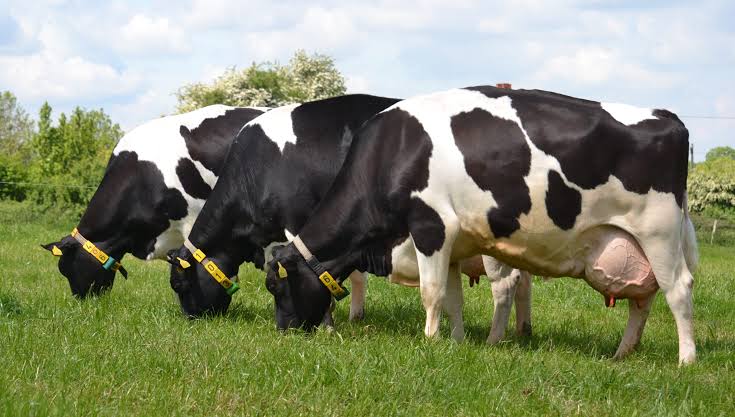Discover the most profitable farming activities that can make you rich in 2025. Learn about high-income agriculture ideas, smart farming methods, and agribusiness opportunities that bring success and wealth to modern farmers.
Farming has often been perceived as low-margin and traditional, but in recent years, modern, smart, and niche‐oriented farming ventures are proving wildly profitable. With rising food demand, specialty diets, climate challenges, and shifts in consumer preferences, certain farming activities offer excellent profit margins. This article explores the best farming models, practices, and strategies that can truly build wealth — along with what to consider, what pitfalls to avoid, and how to get started.
Why Some Farming Ventures Yield Big Profits
- Niche & specialty products — Products such as organic produce, exotic fruits, herbs, gourmet mushrooms, medicinal plants, heirloom vegetables, etc., often sell at premium prices.
- Value‐addition — Instead of just selling raw produce, you process, package, brand, or turn it into higher‐value goods (e.g., jam, oils, dried herbs).
- Efficient land & resources usage — Intensive farming, greenhouse, hydroponics/aquaponics, vertical farming allow much higher yield per square meter.
- Market access & direct sales — Selling directly to consumers (farmers markets, online, export) cuts out middlemen and increases margins.
- Sustainability & technology — Using tech (precision farming, drones, sensors, climate control) cuts costs and improves yield. Organic / regenerative farming can command higher prices.
Top Farming Activities That Can Make You Rich
Here are farming activities with high profit potential:
- High-Value Vegetables and Herbs
Growing herbs (basil, rosemary, thyme), microgreens, and gourmet leafy greens can be very profitable. Short growth cycles and high market value per kilo. - Exotic or Tropical Fruits
Fruit varieties such as dragon fruit, passion fruit, guava, lychee, or specialty mango cultivars tend to fetch high prices, especially for export or upscale local markets. - Gourmet Mushroom Farming
Mushrooms like oyster, shiitake, lion’s mane, enoki have growing demand, and their cultivation needs relatively small space, lower input compared to other crops. - Organic Farming / Biodynamic Farming
Consumers are willing to pay premiums for organic produce. Certifications and clean supply chains boost consumer trust. - Aquaponics, Hydroponics, Vertical Farming
These allow intensive production with less land, less water, and year-round operations. Especially profitable in urban or peri-urban areas. - Livestock with High Margin
- Poultry (layers or broilers): High demand for eggs or meat.
- Fish farming (tilapia, catfish): If water supply and good markets are available.
- Goats and sheep: For meat, milk, or fibre (depending on breed).
- Exotic livestock: Beekeeping (honey), snails, or certain insects (for feed or human consumption) are niche but growing.
- Medicinal & Aromatic Plants
Plants like lavender, aloe, moringa, certain essential oil species. These have export potential and growing demand in cosmetics, wellness, and health sectors. - Agroforestry & Specialty Timber
Growing high‐value timber (e.g. mahogany, teak) along with food crops or shade trees is a longer‐term investment but can yield massive returns. - Agri-Tourism & Farm Experiences
If your location allows, combining farming with tourism (farm-stays, farm tours, “pick-your-own” fruits) adds value beyond produce alone. - Value-Added Products & Processing
Processing fruits into jams, juices; drying or packaging herbs; making cheese or yoghurt; selling cut flowers; essential oils. Value‐addition multiplies profits.
Key Factors for Success
- Market research: Know your demand, pricing, competition, export restrictions.
- Soil, climate & water: Match your activity to local conditions. Greenhouses or controlled environment agriculture help in harsh climates.
- Quality & certifications: Organic, Fair Trade, or other standards may open premium markets.
- Efficient supply chain: Storage, transportation, packaging are often overlooked; losses can eat profits.
- Technology & best practices: Use improved seeds/stock, pest and disease management, irrigation, monitoring.
- Financing & scale: Many profitable farms are those that scale up smartly. Start small, grow steadily.
Common Pitfalls to Avoid
- Overinvesting too early without assured markets.
- Failing to adapt to climate change or pests.
- Underestimating operating costs (labour, feed, energy, fertilizer).
- Poor marketing or branding leading to low resale value.
- Regulatory issues—export requirements, health/safety standards etc.
While farming has its challenges, the opportunities for generating real wealth are greater than ever — especially for those who pick the right niche, apply modern techniques, add value, and connect directly with paying consumers. Whether you choose gourmet mushrooms, organic vegetables, exotic fruits, or combine farming with tourism or processing, the key is smart planning, efficient operations, and focusing on high‐margin, high‐demand products. With persistence and innovation, farming can be more than a livelihood—it can be a path to real wealth.






